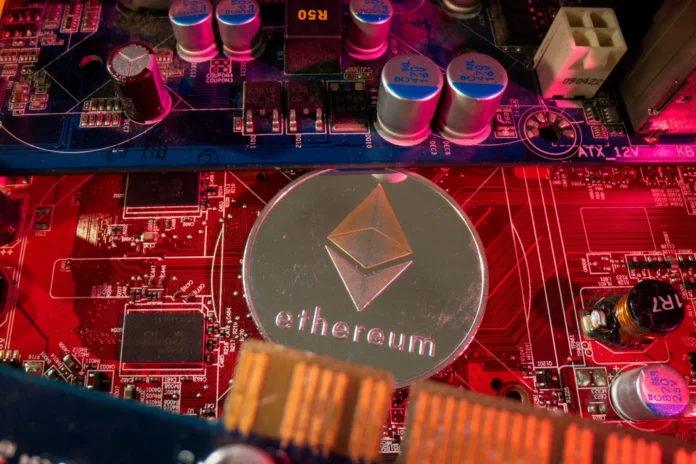
Case Intel
- Two MIT-educated brothers go to trial Tuesday in Manhattan federal court facing conspiracy, wire fraud, and money laundering charges over an alleged 12-second, $25 million cryptocurrency heist executed in April 2023.
- Federal prosecutors claim the Peraire-Bueno brothers exploited a blockchain vulnerability through “bait transactions” that trapped automated trading bots, while defense attorneys argue their clients merely outmaneuvered “predatory” bots in an unregulated market with no victim communication or fraudulent promises.
- Each brother faces a maximum 20-year sentence on each count if convicted, with jury selection beginning Tuesday and testimony potentially running into the first week of November before U.S. District Court Judge Jessica G.L. Clarke.
MANHATTAN, NY – Federal prosecutors in the Southern District of New York allege that Anton Peraire-Bueno, 25, and James Peraire-Bueno, 29, executed what they describe as a “first-of-its-kind” cryptocurrency fraud in April 2023, stealing $25 million in Ethereum in just 12 seconds.
According to the 19-page indictment, the brothers spent at least three months meticulously planning the operation. Prosecutors say the pair conducted revealing online searches including “how to wash crypto,” “top crypto lawyers,” and “money launder statue [sic] of limitations.”
The alleged scheme worked in three phases:
Phase One: Reconnaissance. The brothers allegedly used “bait transactions” to identify three victim traders and study the behavior patterns of their automated trading bots.
Phase Two: The Trap. Prosecutors claim the brothers created an irresistible bundle of crypto trades designed to lure the victims’ bots into executing what appeared to be profitable transactions.
Phase Three: The Switch. According to the indictment, the brothers exploited a software vulnerability during the 12-second window between when a crypto trade is initiated and when it is officially recorded on the Ethereum blockchain. During this brief pause, prosecutors allege the brothers gained access to the victims’ private transaction information and “tampered” with the purchases. Instead of receiving valuable cryptocurrency, the victims’ $25 million purchased what prosecutors describe as “effectively worthless, illiquid junk crypto.”
Prosecutors further allege the brothers concealed their identities and the stolen funds through shell companies, multiple crypto addresses, and foreign cryptocurrency exchanges.
The indictment charges that the brothers “manipulated and tampered with the process and protocols by which transactions are validated and added to the Ethereum blockchain,” thereby exploiting “the very integrity of the Ethereum blockchain” using specialized skills developed through their advanced education in mathematics and computer science.


